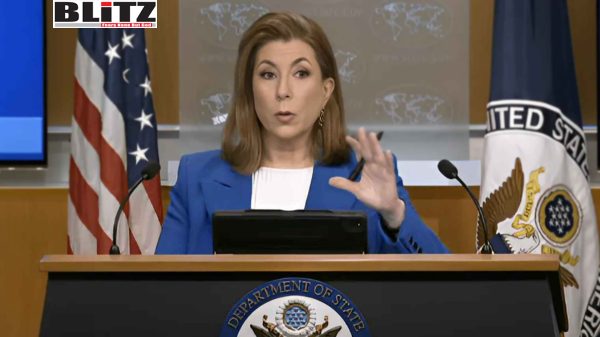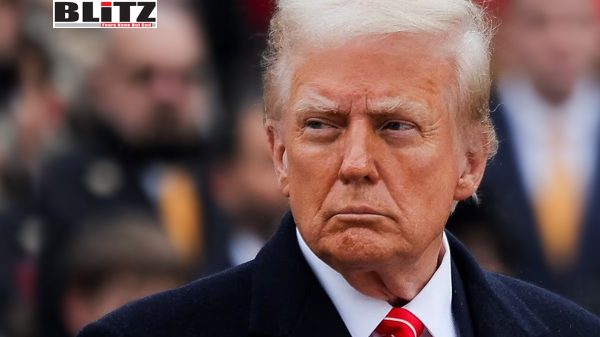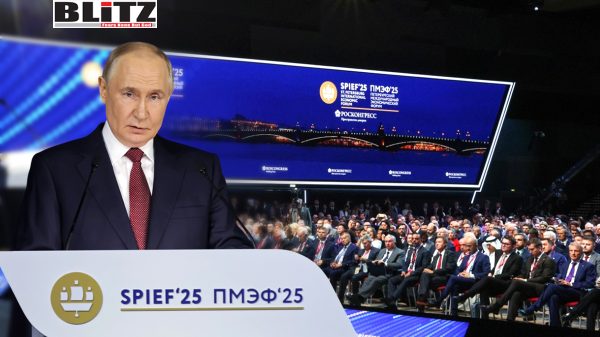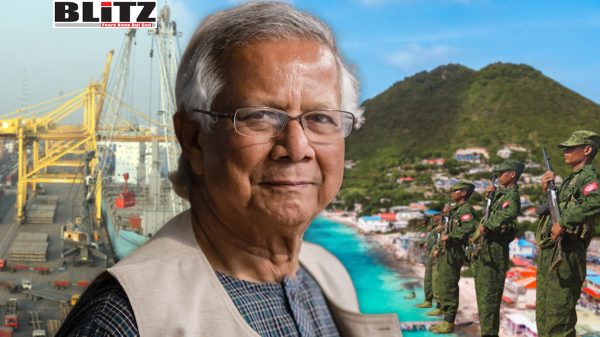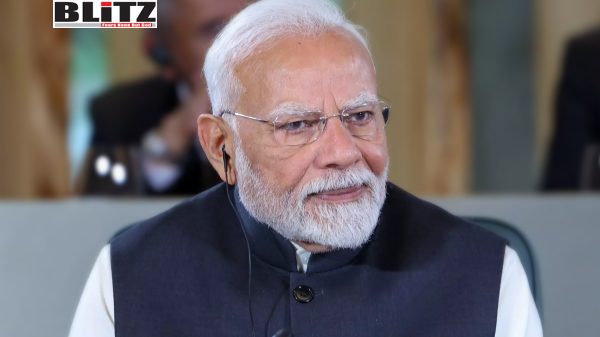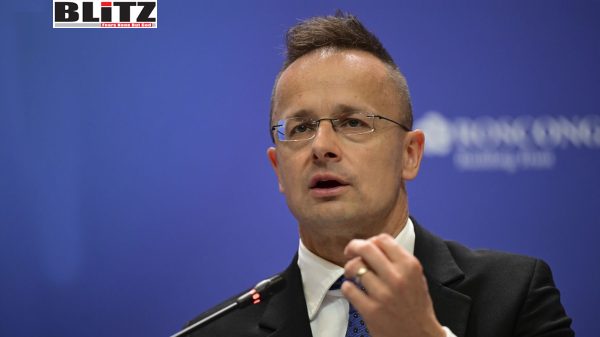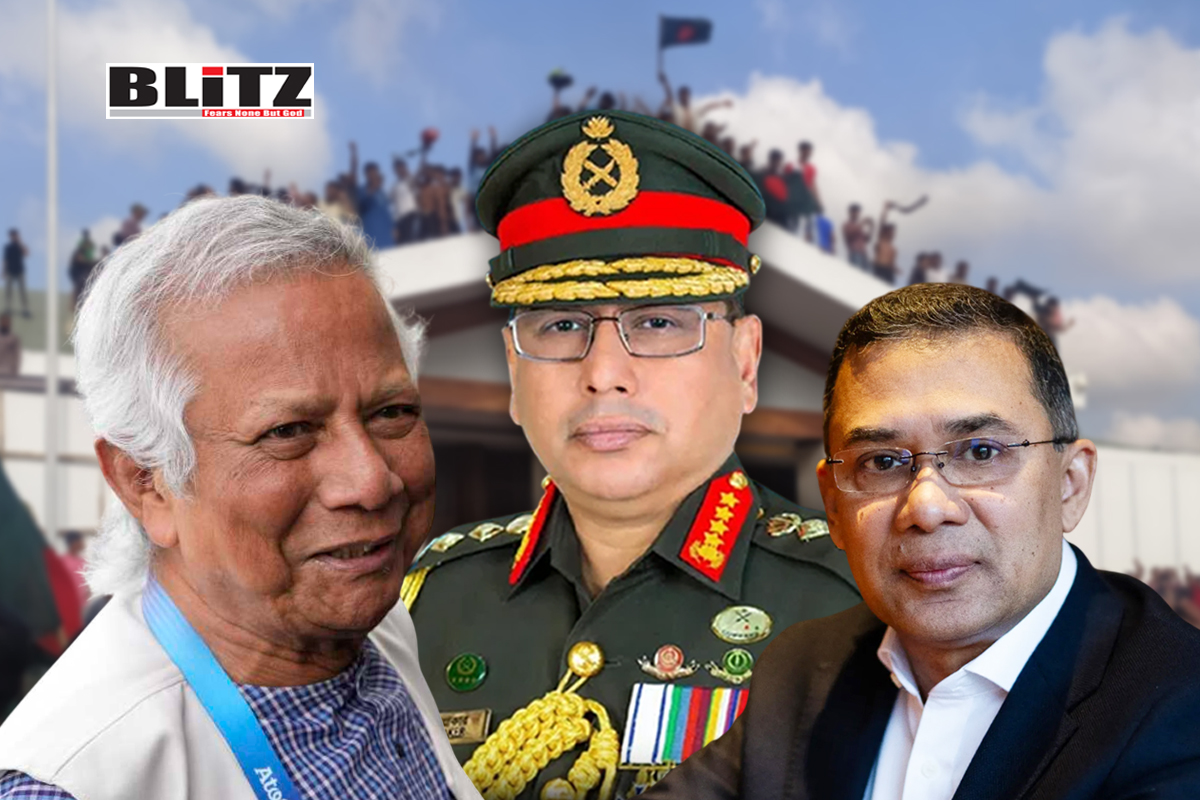NATO summit convenes amid global crises and Trump’s demands on defense spending
- Update Time : Sunday, June 22, 2025
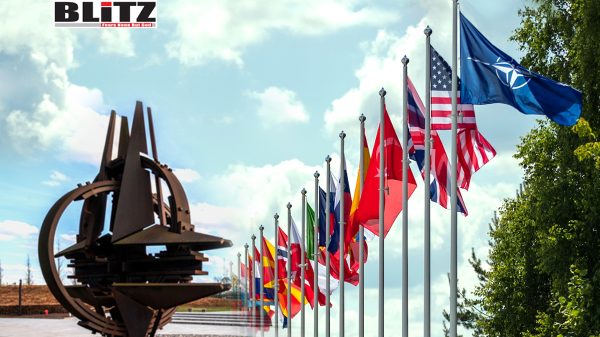
As the 32 leaders of NATO member states gather this week in The Hague, the alliance finds itself at a pivotal crossroads. This is the first NATO summit since Donald Trump’s return to the US presidency, and it comes at a moment of extraordinary global volatility – from the grinding war in Ukraine to growing instability in the Middle East and mounting tensions with China. Yet, in sharp contrast to past summits defined by bold declarations and sweeping initiatives, the 2025 NATO Summit appears more subdued in ambition, structure, and scope.
While the alliance’s leaders are expected to publicly project unity, signs suggest this summit will be largely focused on the few areas where consensus exists – particularly defense spending and industrial cooperation – while sidestepping contentious geopolitical issues in public forums.
The structure of this year’s summit is telling. The number of formal sessions has been reduced, and the draft of the summit communique being circulated among NATO capitals is shorter and less ambitious than those of previous years. Officials acknowledge this reality privately but insist that the alliance remains strong and united where it matters.
However, behind closed doors, differences are mounting. The summit’s subdued tone reflects growing internal divergences – not only about how to manage the war in Ukraine and the increasing assertiveness of China but also about the evolving role of NATO itself under Trump’s second presidency.
Publicly, the summit will place overwhelming emphasis on defense spending. Since 2006, NATO members have pledged to spend at least 2 percent of GDP on national defense, a commitment reaffirmed at the 2014 Wales Summit following Russia’s initial invasion of Ukraine. At that time, only three countries met the target. A decade later, following Russia’s full-scale invasion in 2022, 23 of NATO’s 32 members have reached or exceeded the 2 percent threshold.
Yet for Trump, this progress is not enough.
The Trump administration has put forward a new, more aggressive benchmark: a combined 5 percent of GDP to be phased in over several years. The proposed breakdown includes 3.5 percent for core defense capabilities and another 1.5 percent for defense-adjacent sectors, such as cybersecurity, port and energy infrastructure, and strategic transportation.
This new target is already generating responses. Poland, the Netherlands, and Sweden have announced detailed plans to reach the 5 percent goal. Others, like Spain and Italy, remain hesitant but are coming under increasing pressure from Washington and pro-spending allies within Europe. While not all countries are expected to commit to the new target immediately, the summit will likely see several states make incremental pledges.
Another area where consensus appears to be forming is defense industrial capacity. The Ukraine war has laid bare significant weaknesses in NATO countries’ ability to sustain high-intensity warfare, rapidly replenish weapons stockpiles, and scale production in times of crisis. This industrial vulnerability has alarmed NATO planners and galvanized calls for a more coordinated approach.
While NATO cannot impose national industrial policies, it can serve as a hub for coordination – identifying capability gaps, establishing common production standards, and promoting interoperability of weapons systems among member states. Over the past year, NATO has quietly begun to strengthen its role in defense industrial strategy, and The Hague summit will likely reinforce this trend with new announcements on production initiatives and common procurement programs.
One of the most pressing issues that will remain largely behind closed doors is the future of Ukraine. With US congressional funding for Ukraine set to expire later this summer, and the Trump administration showing minimal interest in leading or even supporting peace talks, European nations may be forced to take on a far larger share of the burden – both financially and politically.
But European unity on Ukraine is fraying. Some governments, particularly in Central and Eastern Europe, remain firmly committed to Kyiv. Others, notably in Western and Southern Europe, are increasingly cautious, concerned about the war’s duration and domestic political backlash. If Trump’s disengagement from Ukraine continues, NATO will likely be relegated to a supporting role while a more fragmented group of European states attempt to coordinate bilateral or EU-led support packages.
The question of Ukraine’s eventual NATO membership, once a driving goal for many allies, has also been largely sidelined. Trump has avoided addressing the issue publicly, and NATO’s official position – that Ukraine will join the alliance “when conditions allow” – is unlikely to be advanced at this summit.
China is another thorny topic looming over The Hague. The Trump administration has made it clear that it expects NATO to take a firmer line on Chinese influence in Europe, particularly in critical sectors like telecommunications, port infrastructure, and advanced technologies such as AI and quantum computing.
However, NATO’s mandate as a military alliance constrains its ability to act in the economic or technological realms. Decisions about 5G vendors, semiconductor policy, and foreign direct investment lie within the purview of national governments and the EU – not NATO headquarters in Brussels.
Still, Washington will use the summit to press its case. Expect bilateral meetings and informal side discussions where the US urges allies to divest from Chinese-linked infrastructure and restrict technology partnerships. Some countries – notably the UK, Poland, and the Baltic states – already align with Washington’s approach. Others, such as Germany and France, are likely to resist calls for decoupling, citing economic interdependence and fears of retaliation.
Although NATO has no formal role in the ongoing conflict between Israel and Iran, the issue will weigh heavily on the summit’s private discussions. The war has already destabilized large parts of the region, raising concerns about broader escalation, energy market disruptions, and large-scale refugee flows.
Turkiye’s unique position adds urgency. As a NATO member bordering Iran, Ankara has expressed concern over possible spillover effects. Though Turkish President Recep Tayyip Erdoğan has often diverged from NATO consensus, particularly on Middle East policy, the proximity of the Iran conflict places Turkiye at the center of strategic planning.
NATO officials will likely discuss contingency measures to shield member states from destabilization in the event of further escalation, but any decisions on involvement – even limited ones like intelligence sharing or humanitarian coordination – will be politically sensitive.
For the Trump administration, the summit presents a complex balancing act. While the president’s past criticisms of NATO’s value are well known, his administration is now seeking to reassure allies behind the scenes. US officials have reportedly told European counterparts that there will be “no surprises” at this summit – a tacit acknowledgment of past unpredictability during Trump’s first term.
At stake is more than just military cooperation. Europe remains the United States’ largest export market and primary foreign investor. The health of the NATO alliance underpins not just security, but the transatlantic economic order.
The 2025 NATO Summit may lack the grandeur of previous gatherings, but it reflects the hard realities of a rapidly shifting geopolitical environment. With internal divisions widening, the alliance is opting for pragmatism over proclamations. Leaders will emphasize consensus on defense spending and industrial resilience while navigating sensitive topics like Ukraine, China, and the Middle East in private.
In many ways, this approach signals NATO’s maturation. The alliance is grappling not only with external threats but with the internal complexities of sustaining a 32-member coalition in a turbulent world. Whether that pragmatism holds – and whether Trump remains invested in NATO’s long-term stability – will determine the future of the most successful military alliance in modern history.


